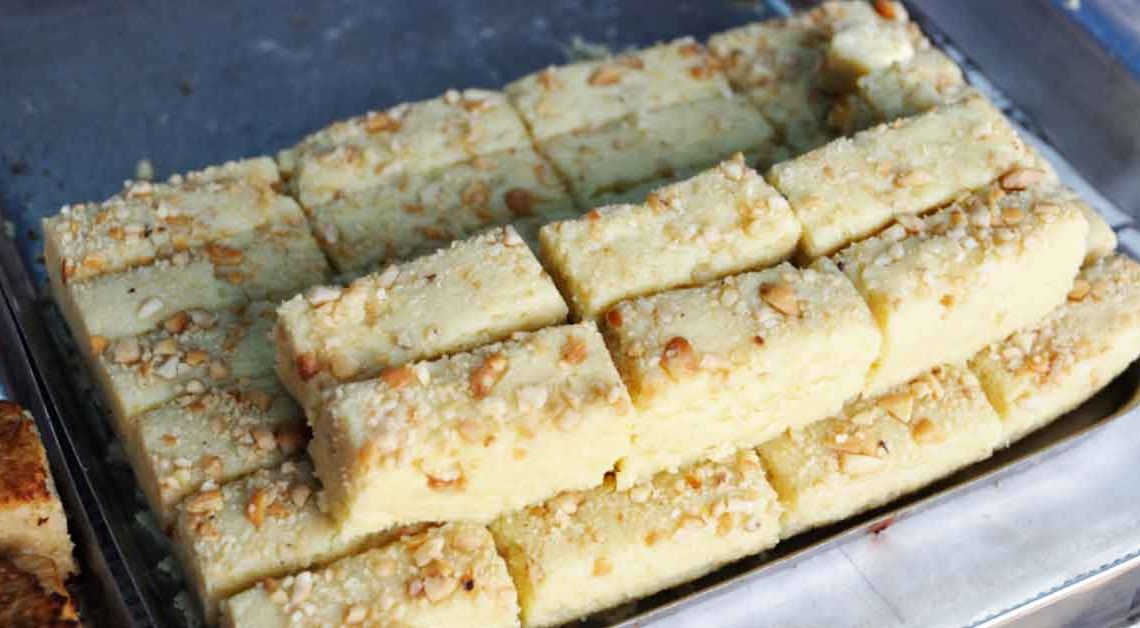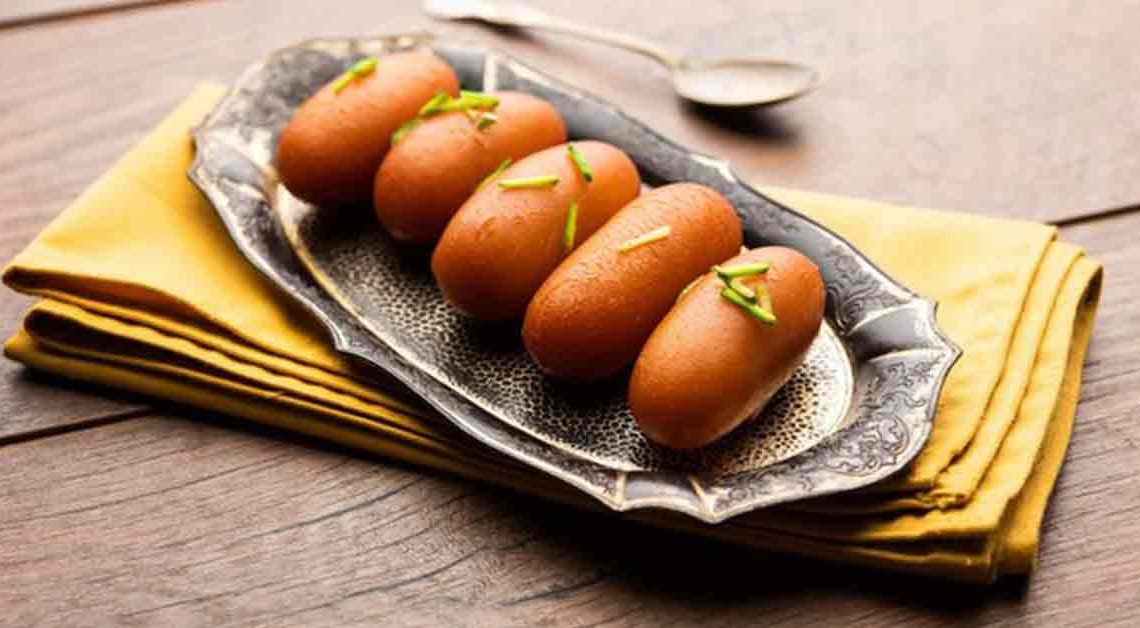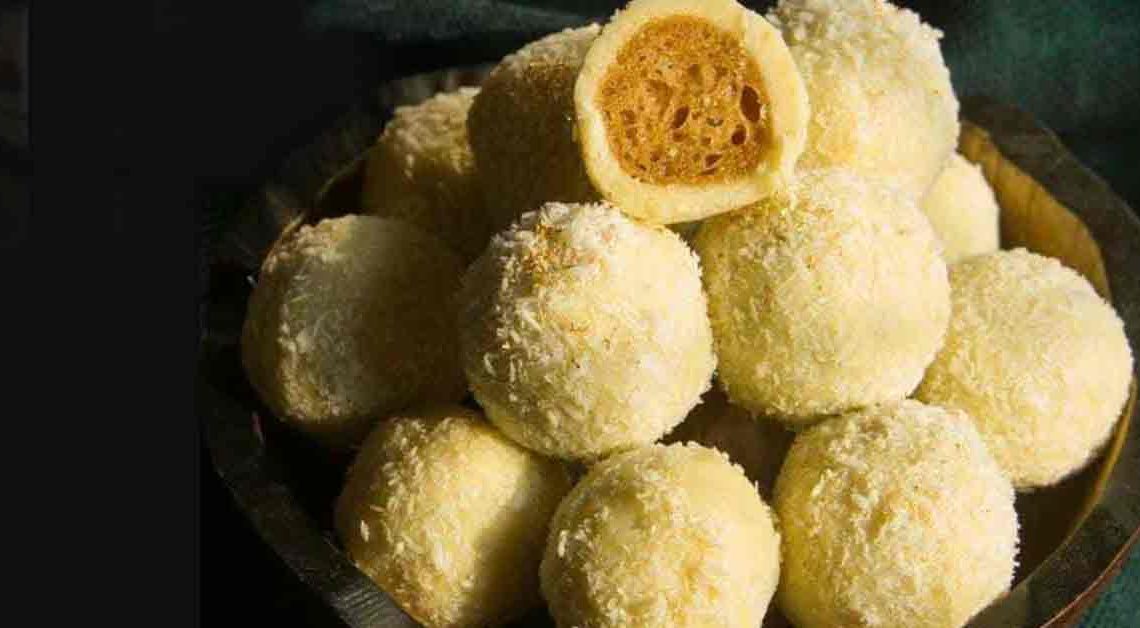Sarpuria Sweet: A Cultural Icon of Bengal’s Festive Tables

Welcome to a culinary journey on Mithainama that delves into the heart of Bengal’s rich gastronomic heritage. In the labyrinth of delectable sweets that define Bengal’s culinary identity, one gem shines brightly – the Sarpuria. This traditional sweet, with its origins rooted in the heart of rural Bengal, offers a delightful blend of flavors and textures that is as intriguing as its history.
Sarpuria, a sweet that resembles a serpent’s skin, is made from a unique combination of ingredients that include khoya, sugar, and a touch of cardamom. What sets it apart is the intricate process of layering the khoya to create its distinct texture, akin to the scales of a snake. This labor-intensive method, passed down through generations, lends the Sarpuria its exquisite taste and visual appeal.
In our blog, we will unravel the mysteries behind this iconic sweet, exploring its cultural significance, the artistry involved in its creation, and the best places to savor this delicacy. Join us on a sweet sojourn as we unravel the story of Sarpuria, a confection that embodies the essence of Bengal’s culinary legacy.
Origin of Sarpuria
The origin is steeped in legend and folklore, adding to its mystique. According to local tales, the Sarpuria was created by the snake charmers (known as “Bedey” in Bengali) of Krishnanagar, a town in the Nadia district of West Bengal, India.
The story goes that centuries ago, the snake charmers were facing a crisis during a festival when they ran out of ingredients to prepare their traditional sweet, the “Chhanar Puli.” In their desperation, they decided to experiment with the available ingredients, mainly khoya and sugar, and came up with a new sweet that resembled the skin of a snake.
Over time, it has gained popularity not only among the snake charmers but also among the locals, eventually becoming a cherished part of Bengal’s culinary heritage. Today, the Sarpuria is celebrated for its unique taste and texture, carrying forward the legacy of its humble beginnings.
History of Sarpuria
The history dates back to the early 18th century in Krishnanagar, a town in the Nadia district of West Bengal, India. It is believed to have been created by the “Bedey” community, who were snake charmers by profession and known for their unique culinary skills.
The sweet was initially made as an offering to the goddess Manasa, the snake goddess, during the Manasa Puja festival. The sweet’s shape, resembling the skin of a snake, was symbolic and tied to the worship of the goddess.
Over time, the sweet gained popularity beyond the Bedey community and became a favorite among the locals. Its intricate layering of khoya and sugar, along with a hint of cardamom, created a unique texture and flavor that set it apart from other sweets.
Today, the Sarpuria sweet is not only a cherished part of Bengal’s culinary heritage but also a symbol of the ingenuity and creativity of the Bedey community. It continues to be enjoyed by people across Bengal and beyond, keeping alive the tradition and history of this unique sweet.
Cultural Significance
The sweet holds significant cultural importance in Bengal, particularly in the region around Krishnanagar where it originated. Here are a few key aspects of its cultural significance:
Religious and Festive Significance: It is closely associated with the worship of the snake goddess, Manasa. It is offered as prasad during the Manasa Puja festival, which is especially popular among the Bedey community and in rural Bengal. The sweet’s snake-like appearance symbolizes the worship of snakes in Hindu mythology.
Traditional Craftsmanship: The making is considered an art form that has been passed down through generations. The intricate layering of khoya to achieve its unique texture requires skill and expertise, highlighting the craftsmanship of the local artisans.
Culinary Heritage: It represents a unique aspect of Bengal’s rich culinary heritage. Its popularity has transcended regional boundaries, making it a celebrated sweet across Bengal and beyond.
Where is Sarpuria Famous?
It is primarily famous in the state of West Bengal, India, particularly in the town of Krishnanagar and its surrounding areas in the Nadia district. Krishnanagar is renowned for its association with the creation of Sarpuria by the Bedey community, who are traditionally snake charmers.
While Sarpuria’s popularity is most pronounced in Bengal, its fame has spread to other parts of India and even to some international locations where Bengali communities reside. In these areas, Bengali sweet shops often feature alongside other traditional sweets, catering to the tastes of those familiar with and fond of Bengal’s culinary delights.
Despite its regional roots, it has gained a reputation beyond Bengal for its unique taste and texture, attracting sweet enthusiasts from far and wide to savor this delightful confection.
Interesting Facts and Trivia
These fascinating facts and trivia contribute to the mystique and allure of Sarpuria, making it not just a sweet treat but a symbol of Bengal’s cultural heritage and culinary ingenuity.
- It is believed to have been created in the early 18th century by the Bedey community in Krishnanagar, West Bengal, India, making it a centuries-old delicacy with a rich history.
- The shape of Sarpuria, resembling the skin of a snake, is symbolic and tied to the worship of the snake goddess Manasa during the Manasa Puja festival. It was initially offered as prasad to the deity.
- The creation and mastery are closely associated with the Bedey community, who are traditionally snake charmers. By preserving and passing down the art of making through generations, the Bedey community has strengthened its cultural identity.
- While the traditional Sarpuria is made with khoya and sugar, modern variations may include additional ingredients such as nuts, saffron, or rosewater, adding new dimensions to its flavor profile.
- It is an integral part of Bengal’s rich culinary heritage, alongside other iconic sweets like Rasgulla and Sandesh. It represents the region’s creativity and expertise in sweet-making.
Did You Know?
Did you know? Sarpuria, the iconic Bengali sweet with a unique texture reminiscent of a snake’s scales, offers not only a delightful culinary experience but also surprising health benefits.
- It is primarily made from khoya, which is essentially concentrated milk solids. This means it’s packed with calcium, promoting healthy bones and teeth.
- With its blend of carbohydrates and fats from the milk solids, Sarpuria provides a quick energy boost, making it an ideal snack for those needing a pick-me-up during the day.
- Khoya, the main ingredient in it, is also rich in protein, essential for muscle repair and growth. Consuming it can contribute to meeting your daily protein needs.
- While it contains sugar, it’s typically consumed in moderation as part of a balanced diet. Enjoying it occasionally can satisfy your sweet cravings without overloading on added sugars.
- Beyond its nutritional benefits, indulging in it can provide a sense of cultural connection and nostalgia, especially for those with Bengali roots or an appreciation for traditional sweets.







